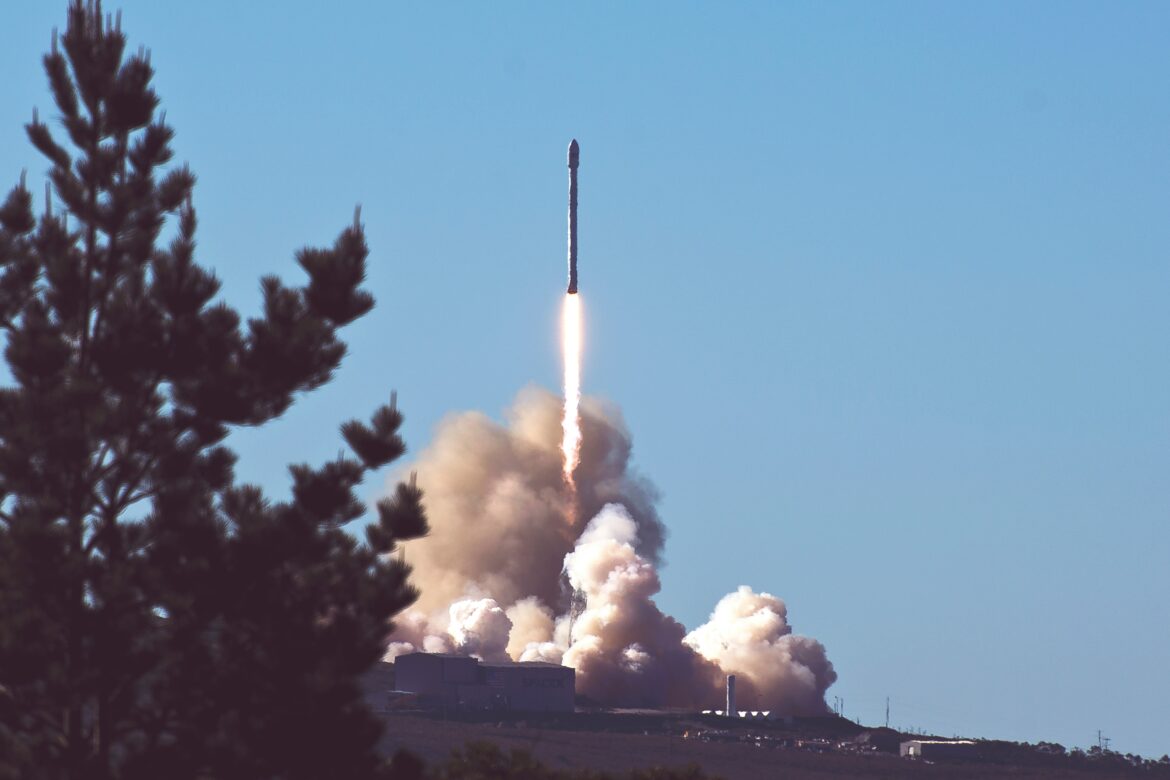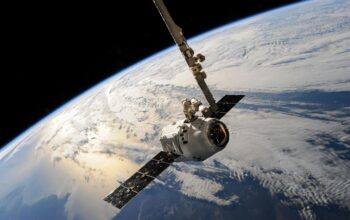In a groundbreaking milestone for Australia’s space ambitions, Gilmour Space Technologies has successfully launched Eris Testflight 1, the country’s first-ever privately developed orbital rocket, from the Bowen Orbital Spaceport in Queensland. The launch took place at 11:52 a.m. AEST on July 29, 2025, and marks a new era for sovereign space capabilities in the southern hemisphere.
This historic mission positions Australia among a select group of nations with active private-sector orbital launch capability—joining the ranks of the United States, China, and India. The success is being hailed as a “giant leap for Aussie space tech” by industry leaders and government officials alike.
Details of the Mission
The Eris rocket is a three-stage, hybrid-fuel launch vehicle developed entirely in-house by Gilmour Space, a Gold Coast-based aerospace company. The vehicle stands 25 metres tall and was carrying several micro payloads, including research satellites, communications components, and one uniquely Australian item—a sealed jar of Vegemite, symbolising national pride.
The mission’s main objectives included:
- Demonstrating reliable orbital insertion.
- Verifying hybrid propulsion performance under flight conditions.
- Validating satellite deployment systems.
At 11:52 a.m., the rocket cleared the pad and reached preliminary low-Earth orbit approximately 7 minutes later. Early telemetry confirmed stable orbital insertion at around 520 km altitude. The company has already received confirmation signals from two onboard payloads.
Why This Matters
Australia has long relied on foreign partners for launching satellites and conducting space experiments. The success of Eris Testflight 1 changes that equation. For the first time, Australia has a homegrown path to space, reducing dependence on international spaceports and boosting its potential in defence, agriculture, climate monitoring, and scientific research.
The launch also establishes the Bowen Orbital Spaceport, located in North Queensland, as a viable gateway to low-Earth orbit. The site’s geographical advantages—low population density, proximity to the equator, and political stability—make it a prime location for future launches.
About Gilmour Space Technologies
Founded in 2013 by brothers Adam and James Gilmour, the company began as a startup focused on hybrid rocket propulsion systems. Today, Gilmour Space employs over 200 people and has raised more than $87 million AUD in funding, with backing from the Australian Space Agency, the Queensland government, and private investors.
Their proprietary hybrid propulsion system uses a solid fuel combined with a liquid oxidiser, offering safer handling and lower environmental risk than traditional fully-liquid rockets.
Key Features of the Eris Rocket:
- Height: 25 metres
- Payload capacity: Up to 305 kg to LEO
- Propulsion: Hybrid rocket motors
- Stages: 3
- Made in: Queensland, Australia
Government and Global Reactions
Australian Prime Minister Anthony Albanese congratulated the Gilmour team during a live press conference:
“This is a proud day for all Australians. We are witnessing the dawn of a new era—where Aussie innovation reaches for the stars and delivers.”
NASA Administrator Bill Nelson tweeted congratulations, calling the launch “a brilliant demonstration of what private industry can achieve with vision and determination.”
India’s ISRO and the UK Space Agency also issued formal statements recognising the achievement and expressing interest in future collaboration.
The Payloads: Who and What Went to Orbit?
The launch carried four micro-payloads including:
- CubeSat from University of Sydney – Studying space-based communication links.
- AgriSat from Charles Sturt University – Designed to monitor drought-prone farmland in central Australia.
- NanoNav beacon – Developed by a Canberra startup to improve GPS mapping precision.
- Jar of Vegemite – Symbolic gesture and part of a thermal integrity test chamber.
Payload separation was confirmed 11 minutes post-launch. More detailed telemetry analysis is expected later this week.
What’s Next for Gilmour Space?
Now that orbital insertion has been successfully demonstrated, Gilmour plans to scale up its launch frequency. The next mission, Eris-2, is expected to launch in early 2026 and will carry commercial payloads from international clients.
The company also plans to develop larger rockets with heavier lift capabilities, targeting geosynchronous orbit and lunar missions within the next 5–7 years.
Additionally, there are ongoing discussions with UK-based satellite constellations and India’s PSLV auxiliary mission partners to establish joint launch opportunities.
Commercial Implications for Australia
The space industry in Australia is forecasted to grow from $5 billion to $12 billion AUD by 2030. With sovereign launch capability now achieved, commercial satellite launches, defence payloads, and even space tourism are suddenly real possibilities.
According to Deloitte Australia, this success is expected to attract foreign capital and technical partnerships, particularly from nations looking to hedge against geopolitical risks in Asia-Pacific.
Resources & References
- Gilmour Space Technologies Official Site
- Australian Space Agency – Press Centre
- Launch Coverage via Courier Mail
- Prime Minister’s Office – Media Release
- NASA Public Affairs on Twitter
Disclaimer
All launch data, mission details, and commentary are accurate as of publication on 29 July 2025. The Breadline Bulletin does not speculate on orbital longevity or unconfirmed future payload contracts. This article is for informational purposes only and does not constitute investment or aerospace engineering advice.
SEO Meta Info
SEO Title: Australia Launches First Private Orbital Rocket
Slug: gilmour-space-first-australian-orbital-launch
Meta Description: Gilmour Space makes history with Australia’s first private orbital rocket launch. Successful Eris liftoff from Bowen marks major milestone.


